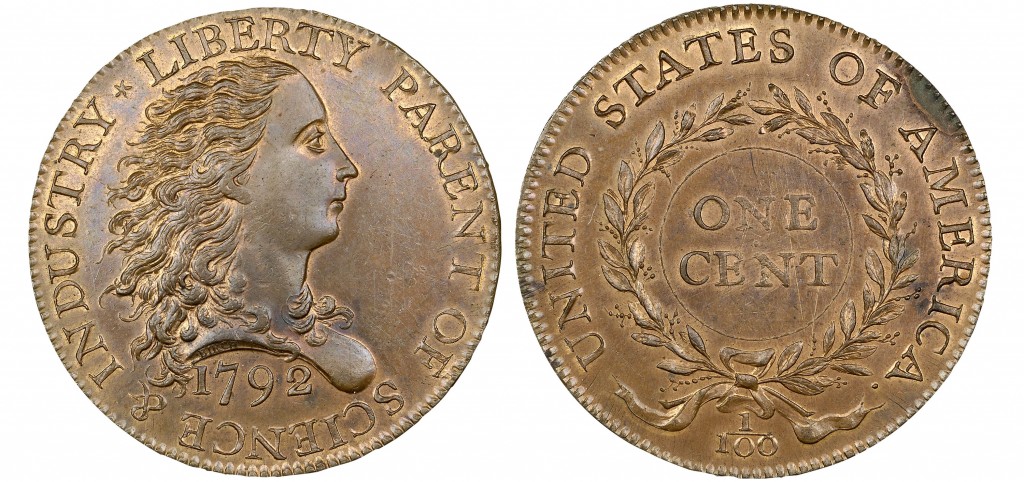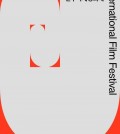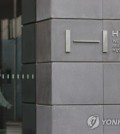- California Assembly OKs highest minimum wage in nation
- S. Korea unveils first graphic cigarette warnings
- US joins with South Korea, Japan in bid to deter North Korea
- LPGA golfer Chun In-gee finally back in action
- S. Korea won’t be top seed in final World Cup qualification round
- US men’s soccer misses 2nd straight Olympics
- US back on track in qualifying with 4-0 win over Guatemala
- High-intensity workout injuries spawn cottage industry
- CDC expands range of Zika mosquitoes into parts of Northeast
- Who knew? ‘The Walking Dead’ is helping families connect
Beverly Hills man buys a 1792 penny for almost $2.6 million
And a quarter from the same year for more than $2.2 million

This photo provided by Heritage Auctions shows an experimental U.S. penny struck to test a design in 1792 that sold Thursday, Jan. 8,2015 for $2,585,000 to a California man according to Heritage Auctions in Dallas. An official says the rare coin is called the “Birch cent” after engraver Robert Birch. (AP Photo/Heritage Auctions)
BEVERLY HILLS (CNS) – A Beverly Hills man has spent $2,585,000 for a 1792 penny — the most ever paid for a one-cent piece — and $2,232,500 for a quarter from the same year, it was reported today.
Kevin Lipton bought the Birch Cent, which was named for its engraver, Robert Birch, and the quarter at an auction in Orlando on Thursday, the Los Angeles Times reported, noting that all told, he paid about $4.8 million for 26 cents.
Lipton told The Times that the purchases made sense. “It’s like our very first penny,” Lipton, 55, told The Los Times on Sunday. “It’s such a spectacular coin. It’s so important, so rare.”
The coin is among 10 similar coins known to exist that were experimentally produced after the founding of the U.S. Mint, Jim Halperin, co-chairman of Heritage Auctions, told The Times. Lipton, who owns a coin wholesaling business in Beverly Hills, had been eyeing the Birch Cent since he saw it at a New York auction house in 1981.
Lipton has collected coins since he was 12 years old and launched his full-time coin business launched when he was 17, according to The Times. He said he was nervous about plunking down so much money on Thursday, but he’s confident his million-dollar coins will mature.
“They are a great store value, and will only be worth more in the future,” Lipton told the newspaper. “They are literally Mona Lisas of our coinage.”















